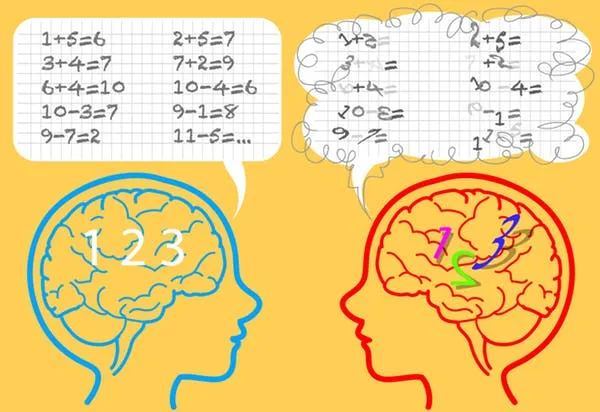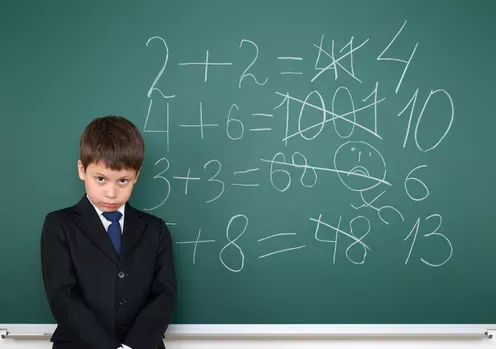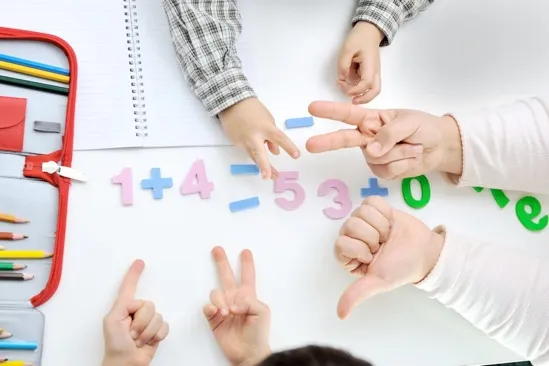
The dyscalculia is not more than a difficulty that affects the learning or the compression of numerical concepts; This disorder, called dyscalculia, affects children of school age, and although the vast majority covers eight percent (8%) of children, it is not always diagnosed and, therefore, they do not receive adequate treatment.
Characteristics of dyscalculia
Its characteristics must be understood to determine and be able to detect a student, or a child in general who presents this problem, can be taken to an evaluation and can be corrected as soon as possible, helping to better development.

It is well known, from studies revealed that people have a neuronal base that is dedicated exclusively to numerical capacity, however, there is no consensus or what are the areas of the brain dedicated to the acquisition and development of numerical abilities. If, therefore, you do not have that consensus, you can not determine the cause of the dyscalculia.
Hypothesis of the emergence of dyscalculia

Deficit in mental processes. People with dyscalculia have problems in working memory, verbal reasoning and also in Perceptual skills. Not only affects the mathematical part but also there may be difficulties in other areas.
Deficit in the access to the numerical lexicon. Although the information is cognitively present, the way or the access to reach that information is the one that is therefore presenting the deficit. The consequence, therefore, is not to easily remember the information of the numbers.
Deficit in the numerical representation. All areas that are responsible for passing numbers, that is, the concept of numbers to mental representations, have a deficit that causes children or adults, can not make the representations correctly.
Hypothesis of the theory of magnitude. In this hypothesis, it is understood that the fault lies in the system of processing of perceivable magnitudes, that is, of all the numerical aspects.
They are hypotheses that are related to dyscalculia, and still continue to study what is correct.
Since when can dyscalculia be detected?

The dyscalculia can be detected in children since they are in the acquisition of the numerical concepts and it is there where the deficiency can be manifested.
They are children who do not have the facility to understand, for example:
The numerical concept.
Make additions and / or subtractions of small quantities.
Problems to understand the various processes of addition and subtraction.
As children grow older and learn more about mathematical operations, memory strategies are developed, that is, they do not have to remember the exact process, but develop strategies in which a result can be achieved more quickly.

Greetings to educators and motivators of education; If our job is to build great professionals and develop them along a beautiful path of learning, it will be worth the process.

